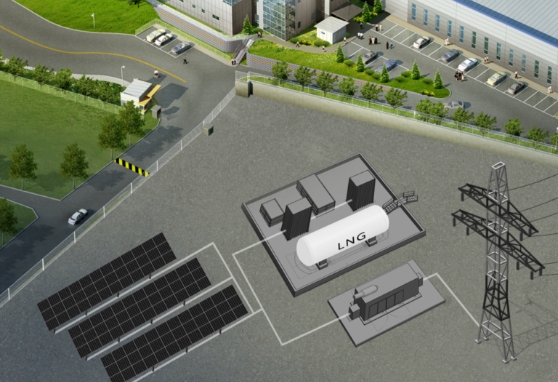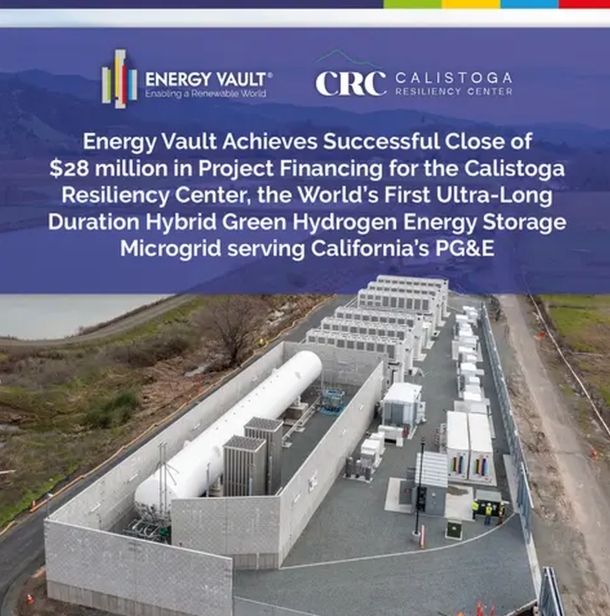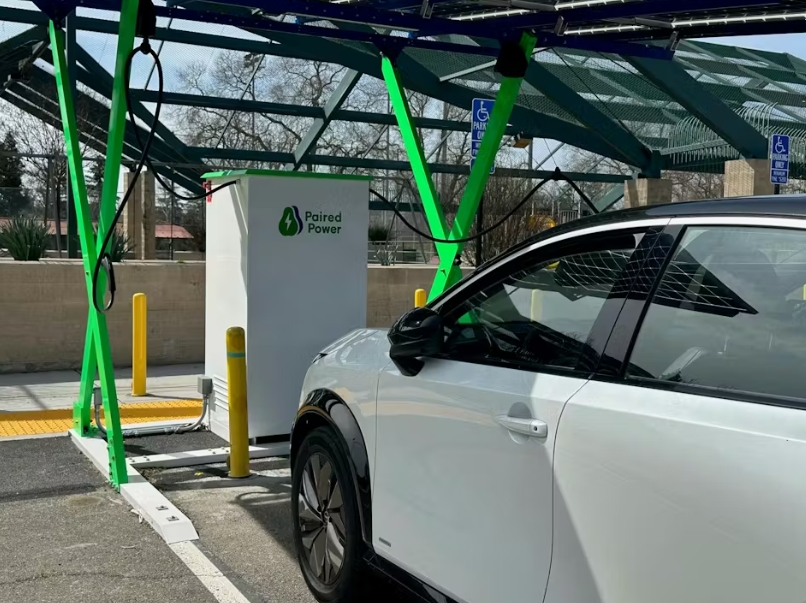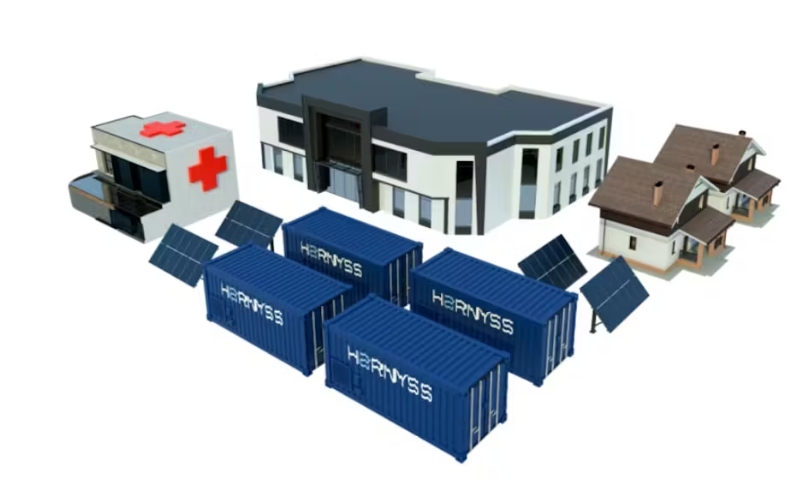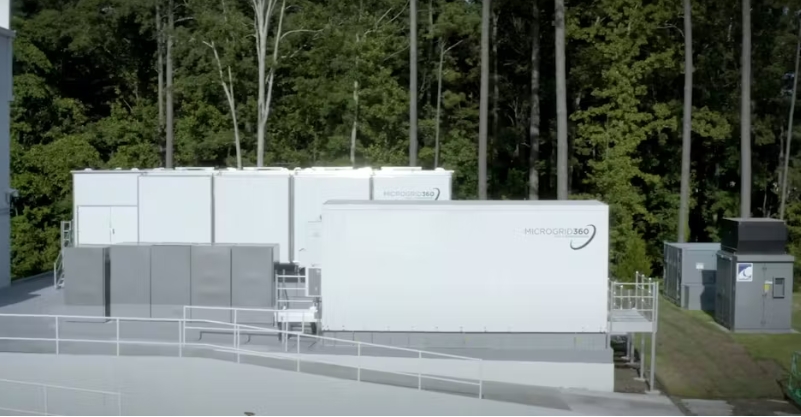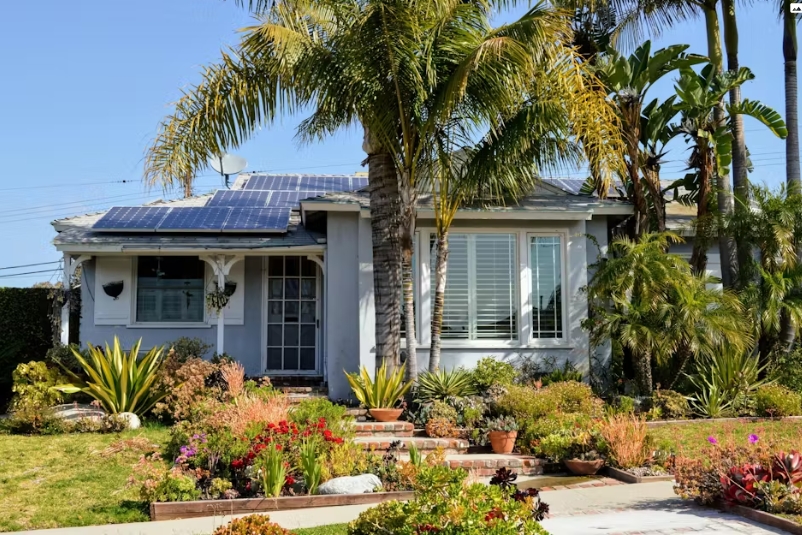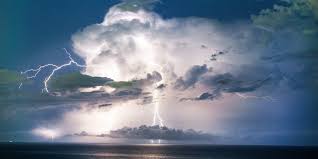
“Hydropower is our oldest form of renewable energy and plays a crucial role in providing stable, reliable electricity to homes and businesses across the country,” said Jeff Marootian, Principal Deputy Assistant Secretary for the Office of Energy Efficiency and Renewable Energy. “This investment will enhance hydropower's capabilities to reliably integrate more renewable energy technologies into the power system.”
Hydropower currently accounts for nearly 27% of US utility scale renewable electricity generation and approximately 6% of total US utility scale electricity generation. Hydropower facilities contribute significantly to the flexibility and stability of power grids by providing electricity immediately or storing potential energy for periods of greater demand. Facilities can ramp up or down and start and stop quickly to ensure communities stay up and running.
Demonstrations pairing hydropower facilities with another type of power generation or an energy storage technology
Demonstration of advanced grid support functions leveraging increased flexibility of hydropower plants enabled by hydrogen technologies and novel operational strategies: DRG Technical Solutions, based in Memphis, Tennessee, will demonstrate the potential benefits of combining hydrogen energy technologies with existing hydropower facilities in Manitou Springs, Colorado. The project team will integrate equipment to produce hydrogen at a hydropower facility. That hydrogen can then be stored to provide electricity to the grid when needed and power or fuel for electric and hydrogen vehicles. Colorado Springs Utilities, the National Renewable Energy Laboratory (NREL), and University of California, Irvine are partners on this project.
Award amount: US$3 040 998.
Forks of Butte co-located battery energy storage system (BESS): Synergics Energy Services, based in Annapolis, Maryland, will install a BESS at the Forks of Butte hydropower facility in Magalia, California. Adding storage capabilities is expected to increase project revenues and hedge against the financial impact of potential droughts. Ventura Energy Services is a partner on this project.
Award amount: US$2 490 355.
Increasing hydropower's operational flexibility through trihybridisation and optimisation: Cube Yadkin Generation, based in Bethesda, Maryland, will install and test a BESS at the Tuckertown hydropower facility energy storage hybrid operation and resiliency project in Richfield, North Carolina. This facility already has solar photovoltaics, so the addition of battery energy storage will create a ‘trihybrid’ system. Throughout the project, data will be collected and analysed to understand how these additions affect the facility’s reliability and performance. General Electric is a partner on this project.
Award amount: US$2 004 072.
Technologies to improve the flexibility of the US hydropower fleet
Polymer-based add-ons to improve existing hydropower generation flexibility rapidly with little need for plant outage: GE Vernova Advanced Research, based in Niskayuna, New York, will develop durable and cost-effective polymer-based add-ons for Francis turbines, which are used in about half of the nation's hydropower facilities. These add-ons would alter the shape of the turbine in a way that could allow hydropower facilities to use the turbine more often and for a longer period of time, supporting the ability to operate under a wider range of conditions. GE Verno-va Hydro Power, Pacific Northwest National Laboratory (PNNL), and the U.S. Bureau of Reclamation are partners on this project.
Award amount: US$2 399 876.
Ways to quantify the flexibility of hydropower and operate facilities to better serve evolving electricity grids
Attributing economic value and reliability benefits from large cascading hydro systems co-ordinated under normal and extreme weather events and the incremental values of pumped storage: Avista Utilities, based in Spokane, Washington, will quantify and evaluate flexibility among a series of hydropower facilities on the Columbia River in Washington. The study will identify opportunities to coordinate operations among these facilities and expected economic and other benefits. PNNL and Washington State University are partners on this project, and advisors from the hydropower facility owners and operators are also involved.
Award amount: US$1 492 092.
HydroFlex: Enhancing hydropower flexibility with renewable energy integration and storage solutions: The University of California, Irvine will develop and demonstrate HydroFlex, an advanced, open-source optimisation tool. This tool can be used to optimally integrate hydropower resources, particularly older and remote facilities, with solar, wind, and different types of energy storage to maximise electricity generation. NREL is a partner on this project.
Award amount: US$1 032 278.
Identifying, unlocking, and employing hydropower flexibility: RTI International, based in Research Triangle Park, North Carolina, will develop innovative modelling, analysis, and infrastructure planning capabilities to expand understanding of hydropower flexibility and flexible operations from a single facility to a system-wide scale involving multiple facilities. Researchers will also assess any impact on operators due to changing hydropower operations, along with the implications for workforce training. The Center for Advanced Decision Support for Water and Environmental Systems at the University of Colorado Boulder, NREL, and PNNL are partners on this project.
Award amount: US$960 000.
Artificial intelligence (AI)-assisted optimisation of flexible hydropower operations for enhancing grid resilience and sustainability: Researchers from North Carolina State University, based in Raleigh, North Carolina, will use advanced tools equipped with AI and machine learning techniques to optimise operations and increase flexibility at hydropower facilities. The resulting operational framework could be applicable and adaptable across hydropower facilities. Duke University, NREL, New York Power Authority, and Purdue University are partners on this project.
Award amount: US$750 000.
Enhancing hydropower market participation by leveraging advanced modelling, optimisation, and water management for increased flexibility: The Missouri University of Science and Technology, based in Rolla, Missouri, will leverage AI to develop approaches to hydropower operations that consider weather forecasting, market price forecasting, water and electricity constraints, and production costs. This will help operators to better anticipate and forecast conditions, allowing them to adjust facility operations accordingly. NREL, Southwestern Power Administration, and Western Area Power Administration are partners on this project.
Award amount: US$750 000.
These projects were selected as part of the Water Power Technologies Office's Strategies to Increase Hydropower Flexibility funding opportunity.
